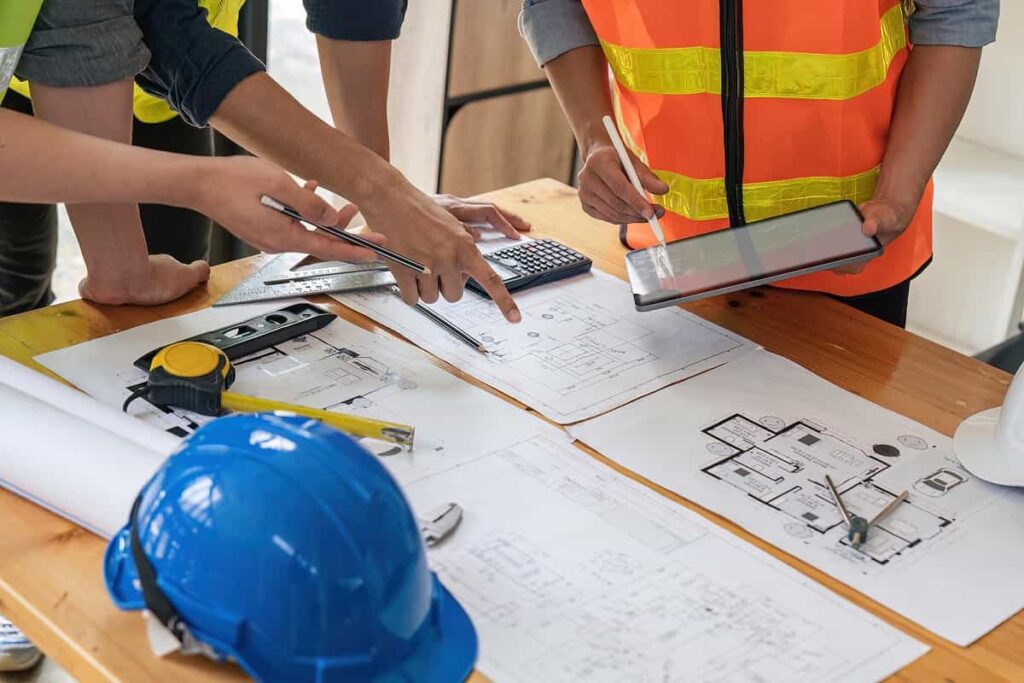How AVA Uses AI to Improve Public Safety
Table of contents

No matter how smart you can make your city, criminals will always find a way to beat the system. Take pickpockets for example. In one major European city, authorities couldn’t figure out why “Pickpockets operate in this area” signs kept cropping up in highly trafficked locations. When the signs were taken down, someone would immediately replace them. That’s when authorities discovered that it was actually the pickpockets who were putting up these warning signs. Even experienced travelers will instinctively reach for their valuables when seeing a warning sign, immediately telegraphing the location of their possessions to the pickpockets watching nearby.
We often send our MBAs to the world’s most sinister places to scout technology. From the Darian Gap where cocaine sells for $2 a gram, to the streets of Port Moresby where robberies are just a form of tax for the weak, pickpockets rank low on our list of worries. “Safety is subjective, and what seems to be a risk to one person, is normality to the other,” says Berlin startup AVA, a company that’s helping keep travelers safe. In order to better understand what AVA does, we airdropped some of our MBAs into Berlin to have a chat with Executive Chairman & Co-Founder of AVA, Aleksandar Stojanovic, an accomplished serial entrepreneur who has been founding and selling companies since the age of seventeen.
About Ava


Using this holistic picture that’s painted by big data, AVA is capable of monitoring the safety and risk status of individuals, staff, buildings, mobile assets, and even entire organizations. More importantly, AVA uses context to personalize alerts and advice based on attributes such as gender, age, nationality, and location. Let’s talk about why context is so important.
It’s All About Context
In order to visualize the value AVA brings, we can first look at what some of the larger tech companies are doing to provide safety solutions. For example, during the recent Jakarta floods, Google Maps issued a warning which stated “Jakarta is experiencing flooding.” Hardly helpful when you’re trying to pay a visit to North Jakarta’s famous health spas but don’t know which areas of the city people are being electrocuted in because they’re chest-deep in floodwaters. And when Taal volcano went off in the Philippines last month, Facebook issued some “safety check” rubbish. Sure, it’s great for telling a bunch of people you barely know that you’re safe, but it’s hardly useful when it comes to providing actionable advice that is relevant to your unique situation. Providing some location-based advice would have come in handy when the skies started getting foggy and our Red Horse started to taste a bit ashy. These are just a few examples of cases where location context could have been used to provide more useful advice. It’s also equally important to provide context around location based on what part of the world you’re in as well.
Lots of men hold hands in Bangladesh in an affectionate manner that would make even the most liberal straight man blush. That’s their culture. Trying that on with your same-sex lover will get you thrown in the can though, as homosexuality is banned. No matter what side of the team you play on, the way you behave and dress can make you stand out to criminals or police who are sometimes criminals themselves. Look like a target and you’ll be a target. Knowing how experienced a traveler is, their age, their sex, their sexual orientation, and their wealth, are all useful bits of data that can help personalize alerts. As for privacy, all these calculations happen “at the edge” where all your personal information is kept on your smartphone and never shared to the cloud. “We are not among those claiming that the appropriate price for one’s safety is one’s privacy,” says the company. What they are claiming is that their public safety big data warehouse will be able to keep you safe, regardless of who you are or where you come from.
It’s All About Big Data
One of AVA’s biggest clients is DHL, a German logistics provider that employs 380,000 people in over 220 countries and territories who work together to ship 1.5 billion parcels a year. Given that the company needs to protect the goods they ship and the people who ship them, DHL has some of the best safety intelligence capabilities of any company, in any industry. That’s largely because they have “boots on the ground” that can provide more localized information about safety concerns.
In the DHL Global Security Situation Center, specific analysts are tasked with looking at various safety concerns – piracy, ebola, tribal clashes, etc., but what’s lacking is a holistic view of global safety. AVA helps DHL analysts run algorithms on their data to uncover insights while some clever machine learning algorithms are watching on. Soon, the analyst comes to work and receives the 5-10 relevant messages related to their area of expertise, not thousands that need to be sorted through. While certain datasets remain private for their clients, the actual database of events is simply aggregated public knowledge. It’s not something that can be owned, but it is something that can be organized and authenticated. That’s why AVA’s entire business model revolves around becoming the go-to global database for keeping public safety events.
AVA’s Business Model
Mr. Stojanovic stated emphatically that building their big data collection is a strategy that encompasses everything they do, and it’s easy to see why. Many companies out there are already trying to solve various aspects of public safety, and many of those companies use AVA’s data. While other people spin their wheels trying to figure out implementation, Ava builds an even richer dataset with every project they take on. And it’s getting quite a bit of notice given the current trend by tech companies to talk about how much they can improve safety for their users. Both Facebook and Google have tried to dabble in public safety, but haven’t fully automated the process yet. These half-baked solutions can’t scale, so the frequency of updates is low and personalization is non-existent. Ava’s focus is on building the most comprehensive and accurate public safety database on the planet, one that will grow exponentially as we move towards 5G and everything can be tracked and measured. (The term du jour for that is “the Internet of Everything.”)

AVA has eyeballs in every country on this planet, but the markets where they’ve attained hyper-local coverage are the U.K., Germany, and the U.S. which has some low hanging fruit. Safety data in the United States comes in ample amounts and is highly structured. Real-time crime is practically spelled out across police and fire communication channels which are freely accessible to the public. The standardized methods used to communicate by emergency respondents across the country make it very easy for AI algorithms to extract meaning from otherwise cryptic statements. Another place AI algorithms can extract meaning from is social media.
Trusting Social Media
In many cases, global safety events will first manifest themselves in people’s social media posts. However, there’s a trust problem that needs to be solved when you’re trying to make important decisions based on third party information from unreliable sources. Tweets are often the first place intel will start bubbling up, and they quickly need to be analyzed for authenticity. (Thankfully, there are plenty of morons out there who will always opt to send tweets or take pictures when things go down instead of trying to alert the authorities and actively address the threat.) AVA can identify the probability of a safety event being real by analyzing each and every tweet along with the individual who posted it. Oftentimes, a dead giveaway that a tweet is fake is that the writer had time to look up just the right hashtags before tweeting. Turns out, most real tweets relating to public safety events don’t contain hashtags.
While social media is an excellent place to mine big data using clever AI algorithms, AVA’s also looking to create a new channel where public safety information could be funneled into its database by its users.
Going B2C
Right now, AVA is taking applicants for a selective beta of a consumer safety app that is primarily targeted at emerging and frontier markets. Turns out that once you start talking safety, suddenly everyone’s sharing the app with their friends and family along with people they hardly know on Facebook. When AVA first trialed the app in Brazil, demand was so strong that it literally crippled Ava’s infrastructure. It wasn’t that they couldn’t scale, it was because they didn’t want to get a giant bill from Amazon Web Services (AWS) for all the resources they were using to service hordes of frantic Brazilians. Now, they’re taking a more distributed approach with a beta release that will be geographically diversified.

Such an app could evolve into a “Waze for safety” where people feel obligated to report safety event information because they care about the broader community they’ve become a part of.
Conclusion
Being a serial entrepreneur, Mr. Stojanovic knows what many people pay six figures to be taught in business school. The most important thing any business needs to do is survive. AVA’s focus is to continue engaging with large organizations and increasing their data footprint with each new partnership. As long as they have the world’s largest repository of safety event information, the solution will sell itself. Even some financial types have come sniffing around as they know there’s alpha to be generated in ground truth. It’s just another one of the seemingly infinite number of use cases that could come out of AVA’s public safety database. Most importantly, it’s helping save lives and keep people safe. All is good at AVA.
Sign up to our newsletter to get more of our great research delivered straight to your inbox!
Nanalyze Weekly includes useful insights written by our team of underpaid MBAs, research on new disruptive technology stocks flying under the radar, and summaries of our recent research. Always 100% free.














